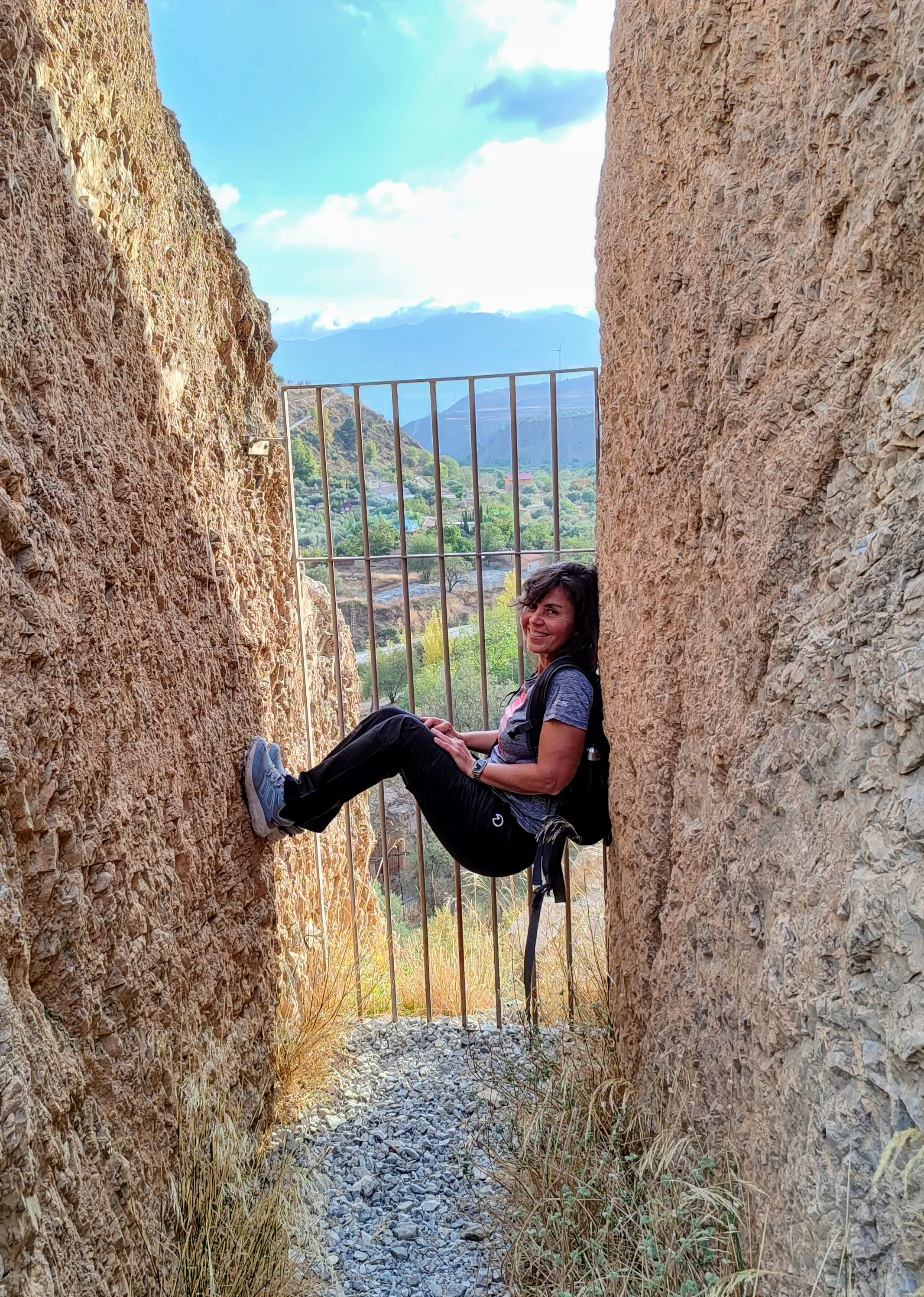I have used 4 free sensors3.The 1st hallucinated its reliability, not a value failed, not even in quick down or rise.Then the others have been worsening progressively and the 4 came to be completely outdated for several hours (it marked 200 being 100) although it was later fixed alone.
And the hypo except the 1st, the others did not mark them very well.So when I was fair I had to use the normal glucometer.
Now I am rested and the truth is that I feel much freer (worth the irony) before I was always obsessed looking at the numerito and I felt bad all the time I saw that I was tall or down.
And considering that I work from home and I only go out to buy and half a horita to the bar.I am questioning if it is worth taking the sensor again.
En 1922 descubrieron la insulina, en 1930 la insulina lenta. ¿Que c*** han hecho desde entonces?
It is a very personal issue.For me it is worth it without a doubt, leave or not leave.
But I understand you, what you have I have lived.At first I was a little obsessed and overwhelmed me when I didn't make it well.I remember that I decided to spend a few days without a sensor and the first two was happy, as released.To the third I put it on.
For me not to wear a sensor is to sell my eyes.I do not notice the hyper or many hypos with which I do not find out about many things.But here it is not worth "eyes that do not see heart that does not feel."Unfortunately, this disease can have many long -term negative consequences and everything we do not see today may pay it tomorrow.
It is true that you have to check with glucometer, but without a sensor you depend only on the glucometer and according to the person (as is my case) there will be situations in which I should have measured and acted and I have not done it for not finding out.
In short, the sensor is information and the information is power.
As always: it is only my opinion, there are people who have tried the sensor and have returned to the strips, people who do not want to try it ... each one is different.
DM 2 con páncreas agotado desde diciembre 2020. 51 años entonces.
HG diciembre 2020: 15.9. Última HG: enero 2025 6,1
Abasaglar 10 unidades. Metformina, 1000/0/1000. Humalog junior: 2 unid en desayuno y luego en función de lo que coma.
At the moment I am having much better values without sensor.
I don't know if it's a coincidence, but with the sensor I obsessed me, over-ran too much and ended up making very strong descents and then bouncing.
On the other hand, with the glucometer alone, I have a more relaxed control and whenever I look (every 1-2 hours) I am fine.
I do not know if you follow the blog of the sugary Jedi (which was previously here) is dedicated to try sensors and pumps before they go to the market.But in the end he also prefers not to carry anything.Only occasionally to see more or less as their up and down curves are in meals and others.
It seems to me that I will save the 5th sensor that I have for when I have a week with special activities.If I encourage myself to exercise.Or when the type of insulin changed.
En 1922 descubrieron la insulina, en 1930 la insulina lenta. ¿Que c*** han hecho desde entonces?
It is very personal.
I take it since 2016, but I don't obsess.At night everything disconnected, I do not bother.
For the day, I am so busy that I do not look at it, unless they skip hypoglycemia alarms (I have it scheduled below 60 and because Diabox 55 does not leave me).I have the hyperglycemia at 160, I rectify and the delay 3 hours because it takes 2 hours to work, stabilize and not to bother me.
I know myself.This summer I ran out of vacation sensors and I was with strips and without problems.
I adapt to the circumstances, I am quite pragmatic, I do not give it many laps if I have options and solutions.
Lada enero 2015.
Uso Toujeo y Novorapid.
Sag21
10/22/2023 3:32 p.m.
Before having sensors I looked at me a lot, I finished with my fingers riddled with punctures ... just for not having to click on my fingers I forgive the sensors everything else ... and if you are away from home it is much more practical/discreet to get the glucometer, strips, click and others.
No signature configured, add it on your user's profile.
For me there are "a before and after" of my life as a diabetic with the sensor.
Now I can avoid the vast majority of hypoglycemia and for me it is very important.
I have always had a good hemoglobin but since I have a sensor I have it with few hypoglycemia.Without a sensor, namely how good hemoglobin ...
With the sensor I have also improved the time in range and the glycemic variability that are parameters that are increasingly weight when it comes to getting good diabetes control
DM1 desde 1982: Toujeo+Novorapid
Freestyle Libre 3+
This clear topic ... is a bit "how you carry it."
To go in Normoglycemia, I had to make my hair glycemia every hour or hour and a half ... And that for me was to take my life ... in fact sometimes I could no longer mentally and did things a bit of random ...And of course, the gyrhed ...
I sometimes bleed my fingers until writing ...
For me the sensor ... Really, it has been the great advance from the insulins ... My glyd lowered 2-3 points.(No, hahahaha, I have no actions in Abbott 🤣)
He has taught me (although the theory knew her in the heart) to eat, to make decisions, to see how certain things in glucose (situations, meals, exercises) affect me.I can't live without him.I take off one and put another one.
Sometimes I have had some anxiety because it causes you some dependence, but I prefer that to be "without knowing" and that I notice hypers and hypos.But knowing that there is "something" there, on your side ... for me it is priceless.
But I tell you ... we are each one in a way.If you have a very quiet life, you have little variability and click on your fingers does not imply a problem ... well, put them when they are very necessary 😊
Silvia (España)
Fiaps + Toujeo.
Díabética desde los 4 años. Ahora tengo 38.
Hbg cambiante.
When I started putting on the sensors I ran to an endocrine of the mutual because I could not understand so bad values, he told me it was normal and went to another and then to another.And that I never go but I was desperate.
With the sensors I was almost always 200 and then I went down (5-10m) to 70. 3-4 days ago to take them off and looking at me almost every hour, all the values have been between 100 and 150 and I usually be eatingThe same and clicking the same.I think the sensors marked average 30 or 40 more.In fact, several times that it was in Hipo (60), the sensor used to mark 120. And as I have iPhone I could not use Diabox or anything to calibrate it.
The truth is, I prefer to have 10 values per day but that are 100% exact, of which I can completely trust me and make well -founded decisions.To 100 approximate values of those who cannot trust me much.
En 1922 descubrieron la insulina, en 1930 la insulina lenta. ¿Que c*** han hecho desde entonces?
With the capillary you see the photo, but you miss the movie.The more information, the better decisions you can make.To me the sensors, with all its defects, seem to me an essential resource to live with diabetes.
LADA desde septiembre de 2021
Toujeo y Fiasp
Aprendiendo
They are very necessary when an insulin change is made, especially if it changes slowly.
After adjustment you can rest, if they overwhelm.
And it is also to take the trick, because not everyone works the same.
My daughter is usually 20 or 30 less., so adjusted the alarm between 50 and 150.
Hija de 35 años , diabética desde los 5. Glico: normalmente de 6 , pero 6,7 la última ( 6,2 marcaba el Free)
Fiasp: 4- 4- 3 Toujeo: 20
I could not live without a sensor.In fact, when someone goes wrong or not, as I should overwhelm a lot.
When I didn't have them, I managed to always have done, but now that I have been using more than a year I wouldn't find me without him.
I guess it will have to do with the way we live each.
No signature configured, add it on your user's profile.






